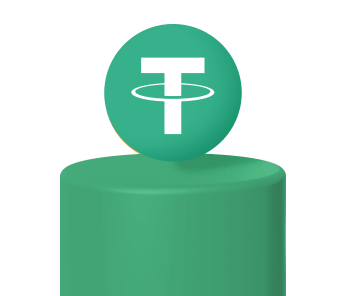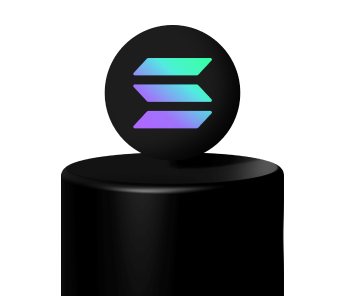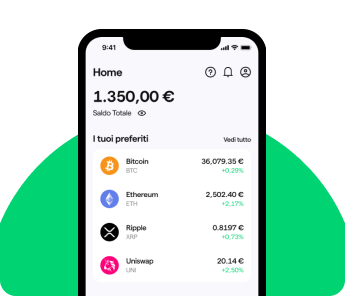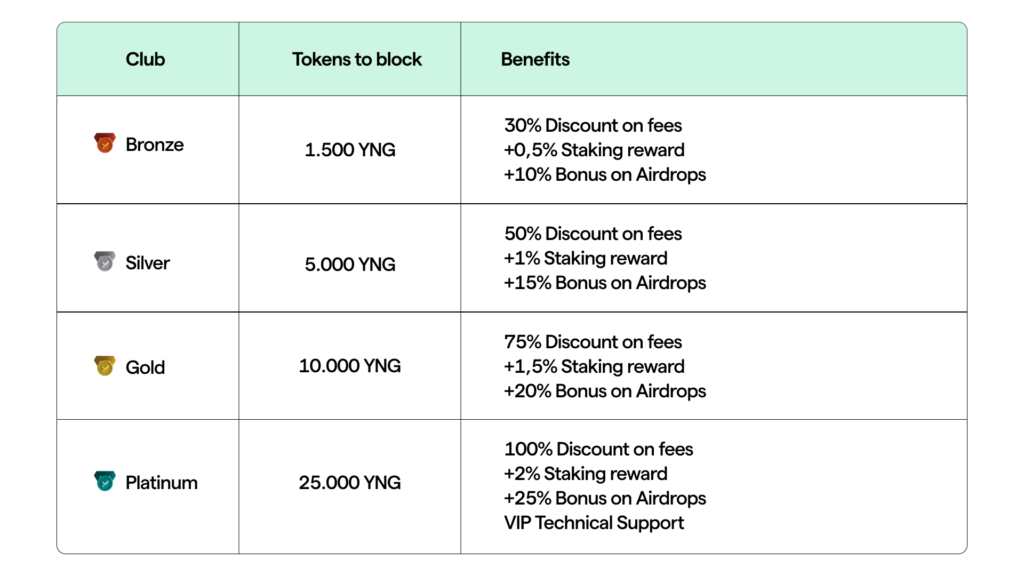What are DOT and KSM used for? The second day of Polkadot Decoded focusses on Polkadot use cases in everyday life
The second and final day of the Dotsama ecosystem conference took place on 30 June. While the first day of Polkadot Decoded dealt with DeFi, gaming and Metaverse, the most talked about topics on the second day were the sustainability and usability of Web3. Let’s take a look at the most interesting speeches that attempted to answer the question: what is the network of DOT and KSM actually for?
Fighting climate change with Polkadot
One of the strands of the second day of Polkadot Decoded was sustainability. In particular, two speeches described the most interesting projects in the green efforts of the Dotsama ecosystem. Climate change is one of the hottest topics of these years and blockchain could be an important tool to combat it. Miroslav Polzer, speaker of the NFT Digital Art 4 Climate project, spoke about the potential of ‘digital innovation’ for a real and measurable impact on climate problems. This digital art project is an initiative to transform art into digital assets freely exchangeable on blockchain, directing the proceeds towards the sustainability goals identified by the United Nations. Digital Art 4 Climate chose to use NFT technology because blockchain has all the credentials to “improve inefficient supply chains, and give a new idea of communication to communities through decentralised technology”.
Two other natives of this ecosystem expressed their mission to make Polkadot a leader in sustainable innovation. Bitgreen and Sequester together put forward the proposal to convert the micro-fees of parachains into carbon credits. Sequester’s Brendan Edelson explained that parachains are fee-optional. In a nutshell, the relay chain provides Polkadot parachains with its validators for at least 2 years, so theoretically to validate parachain transactions there is no need to pay fees. In reality, there are micro-fees that the parachains have implemented for security reasons. However, these small fees are not a cost to be covered, Sequester’s proposal is to use them to buy carbon credits through Bitgreen’s marketplace.
Adam Carver of Bitgreen cited Polygon as a virtuous example of combating emissions, even though Polkadot already has an advantage in this mission because its energy footprint is minimal, the intention is to make the ecosystem not only neutral but also positive, taking concrete action and becoming part of the solution to the environmental problem. In this project, Sequester will calculate micro fees, exchange them into carbon credits, and issue a certification in the form of NFTs.
The spread of the Web3 depends on its value in everyday life
What is the use of the DOT and KSM ecosystem? Another use case of the network concerns the facilitation of access to Web3, a decentralised reality, without the control of large technology industries. However, Web2 still has one major advantage over the decentralised web: usability. Although Web3 has many plus points, it is still difficult to use and it is reserved for a small niche of experts. However, according to Agyle, the anonymously-identified CEO of the Talisman Wallet Project, the Web3’s lack of usability is only a small part of its deployment problems. One of the main issues with Web3 is that many projects have no real use in real life. Indeed, a favourite argument of blockchain detractors is that ‘it is a technology that solves a problem that does not exist’.
At Polkadot Decoded, Agyle explained that the user experience certainly needs to improve but the real challenge is to give Web3 value and usefulness in everyday life. Because if a tool is really useful, people will also make that extra effort to learn how to use it. If a service is both useless and difficult to understand, it is doomed to fail. What is Talisman’s contribution in terms of usefulness? Talisman aims to be a ‘universal login’ for Dotsama’s multichain system (which is called Paraverse). On Talisman you can manage all the passwords, keys, logins of your apps on the DOT and KSM network.
Web3 Google? On Polkadot!
A simple definition of Web3 is ‘an internet of blockchains’. If we think of everything we do on the internet, searching for information is one of the major activities. The blockchain, however, does not particularly lend itself to being ‘queried’: it records all the data on the Web3, but users would have to go through it block by block to find a specific piece of information. To overcome this problem, the blockchain is integrated with knowledge graphs, which organise all data (on chain and off chain) and make them available for consultation, guaranteeing their reliability. For example, knowledge graphs can be asked about NFTs or smart contracts. OriginTrail, from August on Polkadot, deals precisely with this combination of collecting information on blockchain and organising it with knowledge graphs.
The Web3 content landscape now looks like an iceberg, there is little afloat but in the future there will be more and more data and information to record. In this respect, a project must prepare itself to answer users’ questions. How does OriginTrail work? It has a layer 1 token composed of multiple blockchains (Ethereum, Gnosis, Polygon and soon Polkadot), on which are built layer 2 tokens, composed of knowledge graphs. On this latter structure, it will then be possible to build dapps, which exploit the features of both layers. One of the current applications of OriginTrail is in the field of pharmaceutical supply chains that follow the production and distribution of drugs in order to combat theft.
The PolkaOscars, the final event of Polkadot Decoded
Icing on the cake? At the end of the second day of Polkadot Decoded, a very special event took place: the Polkaoscars! During the ceremony held in Berlin, awards were presented to the content creators who contributed to raising awareness of Polkadot and Kusama’s vision and mission. The prize, a cute figurine, was created in the Metaverse and printed with a 3D printer.
Content creators, ambassadors and community leaders: active members on all social networks to build a solid community that shares the same vision as Polkadot and Kusama. Among the ambassadors is Irina Karagyaur, one of the minds behind the Digital Art 4 Climate project, who encouraged everyone to follow in their footsteps. “We need all of you to grow the ecosystem,” she said on stage.











